
LAW / Referencing for Law Students / AGLC 3rd ed
.pdf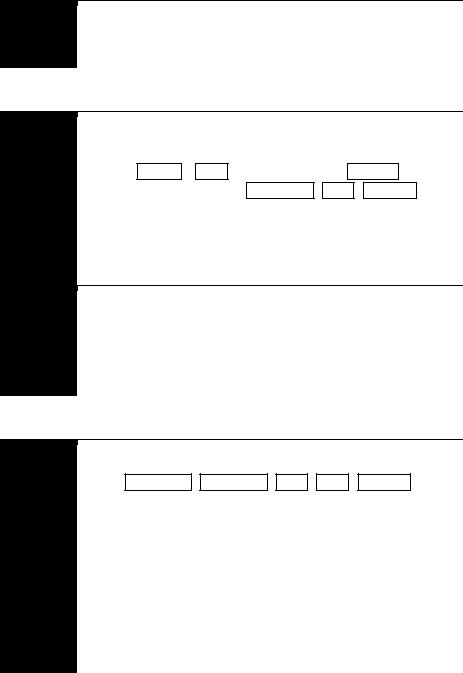
100 Part III — Secondary Sources
Example Commonwealth, Australia’s Aid Program in the Pacific: Joint Standing Committee on Foreign Affairs, Defence and Trade, Parl Paper No 211 (2007) 24.
6.1.3Parliamentary Research Papers, Notes and Briefs
Rule Parliamentary research papers, notes and briefs should be cited as follows:
Author , ‘ Title ’ (Research Paper No Number ,
Parliamentary Library, Legislature , Year ) Pinpoint .
Where the document is a research note or brief, ‘Research Paper’ should be modified accordingly. Where the document is prepared by a body other than a parliamentary library, that body’s name should replace ‘Parliamentary Library’.
Examples Scott Bennett, ‘The Rise of the Australian Greens’ (Research Paper No 8, Parliamentary Library, Parliament of Australia, 2008) 15.
Jeffrey Robertson, ‘North Korean Nuclear Issues and the Role of Parliamentary Diplomacy’ (Research Note No 23, Parliamentary Library, Parliament of Australia, 2007).
6.1.4Parliamentary Committee Reports
Rule |
Parliamentary committee reports should be cited as follows: |
|
|
Committee , Legislature , Title ( Year ) Pinpoint .
Where a committee is from one chamber of Parliament and this is not apparent from the committee’s name, the name of the chamber should be added to the start of the committee’s name.
Pinpoint references should adhere to rules 1.1.5–1.1.6. Pinpoints should be to page numbers (if available). Where a committee report has page and paragraph numbers, paragraph numbers may be included in addition to page numbers. Where a report has only page numbers or paragraph numbers, pinpoints should be to page numbers or paragraph numbers as appropriate.
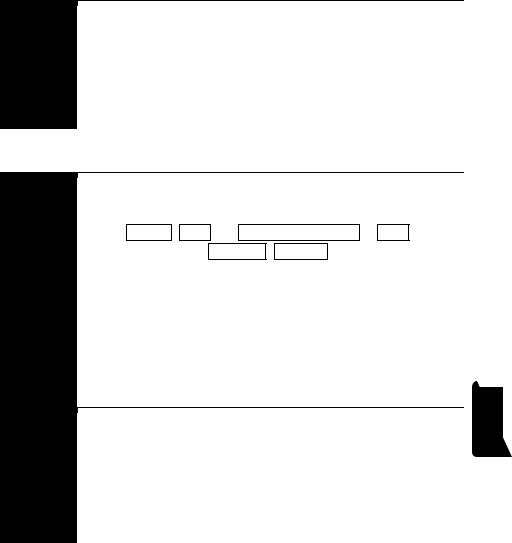
Australian Guide to Legal Citation 101
Examples Law Reform Committee, Parliament of Victoria, Inquiry into Alternative Dispute Resolution and Restorative Justice (2009) 26.
Senate Legal and Constitutional References Committee, Parliament of Australia, Administration and Operation of the Migration Act 1958
(2006) 280–1 [9.30]–[9.38]. [Not: Legal and Constitutional References Committee, Senate, Parliament of Australia …]
6.1.5Bills Digests and Alert Digests
Rule Bills digests, alert digests and similar documents should be cited as follows:
Author , Title , No Digest/Alert Number of Year ,
Full Date , Pinpoint .
Where a parliamentary committee is the author, the committee’s name should adhere to rule 6.1.4. Where a government department is the author and its jurisdiction is not apparent from its name, the abbreviated jurisdiction may be included in parentheses after the department name (in accordance with rule 1.14.3).
Pinpoint references should adhere to rule 6.1.4 (so should include page numbers and may include paragraph numbers in addition).
Examples Senate Standing Committee for the Scrutiny of Bills, Parliament of Australia, Alert Digest, No 9 of 2007, 13 August 2007, 11.
Legislation Review Committee, Parliament of New South Wales, Legislation Review Digest, No 13 of 2008, 10 November 2008, 6.
Department of Parliamentary Services (Cth), Bills Digest, No 75 of 2008–09, 27 January 2009, 8.
Other
Sources

102 Part III — Secondary Sources
6.1.6Evidence to Parliamentary Committees
Rule
Example
Note
Evidence to a parliamentary committee given during a hearing can generally be found in a ‘Committee Hansard’ publication. It should be cited as follows:
Evidence to |
Committee |
, |
|
Legislature |
, |
Location |
, |
Full Date |
, |
|||
|
|
|
|
( |
|
). |
||||||
|
|
Pinpoint |
Name of Speaker |
|||||||||
The committee’s name should adhere to rule 6.1.4. Pinpoint references should adhere to rules 1.1.5–1.1.6 and should generally be to page numbers.
The position of the person giving evidence may be included after their name where it is relevant.
Evidence to Senate Standing Committee on Foreign Affairs, Defence and Trade, Parliament of Australia, Canberra, 26 February 2007, 12 (Angus Houston, Air Chief Marshall).
The page numbers in Committee Hansard are often preceded by an abbreviation of the Committee name (for example, ‘SL&C’). Such abbreviations should be omitted from pinpoint references.
6.1.7Royal Commission Reports
|
Rule |
|
Royal commission reports should be cited as follows: |
||||||||||
|
|
|
|
|
, |
|
|
|
|
|
, |
|
|
|
|
|
|
Jurisdiction |
Name of Royal Commission |
Title |
|||||||
|
|
|
|
|
|
( |
|
) |
|
. |
|||
|
|
|
|
|
|
Year |
Pinpoint |
||||||
|
|
|
The jurisdiction is that of the enactment creating the Royal |
||||||||||
|
|
|
Commission. Where a Royal Commission is commissioned by |
||||||||||
|
|
|
multiple jurisdictions, all should be included in alphabetical order. |
||||||||||
|
|
|
In accordance with rule 5.4.2, where a report contains multiple |
||||||||||
|
|
|
volumes the volume number should be included in pinpoint references |
||||||||||
|
|
|
(even where the volumes are consecutively paginated). Pinpoint |
||||||||||
|
|
|
references should adhere to rule 6.1.4 (so should include page |
||||||||||
|
|
|
numbers and may include paragraph numbers in addition). |
||||||||||
|
|
|
|
|
|
|
|
|
|
|
|
|
|
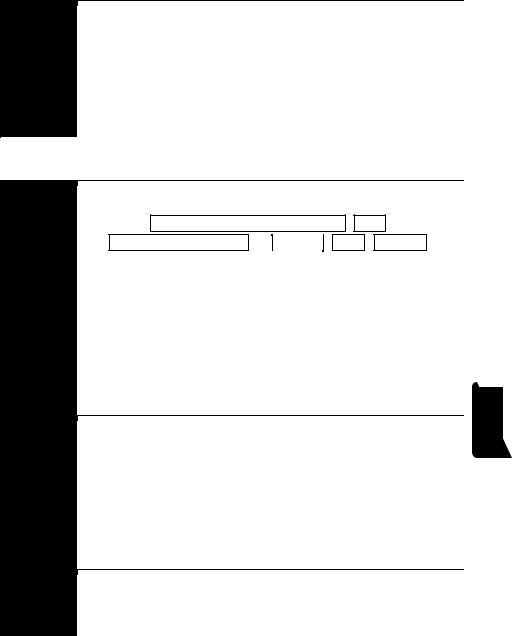
Australian Guide to Legal Citation 103
Examples Commonwealth, Royal Commission into Aboriginal Deaths in Custody, National Report (1991) vol 5, 31 [36.3.12].
Commonwealth and New South Wales, Royal Commission of Inquiry into the Activities of the Nugan Hand Group, Final Report (1985).
New South Wales, Royal Commission into Drug Trafficking, Report (1979) vol 2, 555.
6.1.8Law Reform Commission Reports
Rule |
Law reform commission reports should be cited as follows: |
|
|
Name of Law Reform Commission , Title ,
Report/Discussion Paper No Number ( Year ) Pinpoint .
The type of publication (‘Report’, ‘Discussion Paper’, ‘Issues Paper’, etc) should be included as appropriate.
In accordance with rule 5.4.2, where a report, discussion paper, etc, contains multiple volumes, the volume number should be included in pinpoint references (even where the volumes are consecutively paginated). Pinpoint references should adhere to rule 6.1.4 (so should include page numbers and may include paragraph numbers in addition).
Examples Victorian Law Reform Commission, Civil Justice Review, Report No 14 (2008).
Law Reform Commission, Reform of Evidence Law, Discussion Paper No 16 (1980) 4.
Australian Law Reform Commission, For Your Information: Australian Privacy Law and Practice, Report No 108 (2008) vol 1, 339 [7.7].
Note The Australian Law Reform Commission (‘ALRC’) was, prior to 1996, called the ‘Law Reform Commission’. Citations to ALRC reports should use the name of the body at the time of the report.
Other
Sources
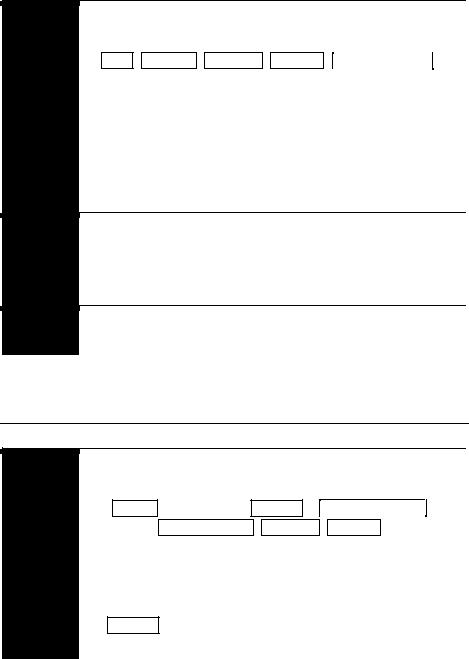
104 Part III — Secondary Sources
6.1.9Australian Constitutional Convention Debates
Rule Debates of the Australasian federal conventions should be cited as follows:
Title , Location , Full Date , Pinpoint ( Name of Speaker ).
Pinpoint references should adhere to rule 1.1.5–1.1.6 and be to page numbers.
Names of speakers should adhere to rules 1.14 and 6.1.1. In particular:
•first and last names should be included; and
•all titles (such as ‘the Hon’, ‘Mr’ and ‘Dr’) except ‘Sir’, ‘Dame’ and peerage titles should be omitted.
Examples Official Record of the Debates of the Australasian Federal Convention, Sydney, 2 September 1897, 19 (Edmund Barton).
Official Report of the National Australasian Convention Debates, Adelaide, 29 March 1897, 206–7 (Sir John Downer).
Note The title of the relevant volume of debates should be included as it appears on the source. The titles vary slightly.
6.2Submissions to Government Inquiries, Committees and Agencies
Rule Submissions to government inquiries, committees, agencies, etc, should be cited as follows:
Author , Submission No Number to Government Body ,
Name of Inquiry , Full Date , Pinpoint .
For submissions to parliamentary committees or inquiries, ‘Government Body’ should be replaced with the committee’s name and legislature, which should adhere to rule 6.1.4. Where the government body does not allocate a number to submissions, ‘No Number ’ should be omitted. Where the name of the inquiry is not included on the submission, it should be omitted.
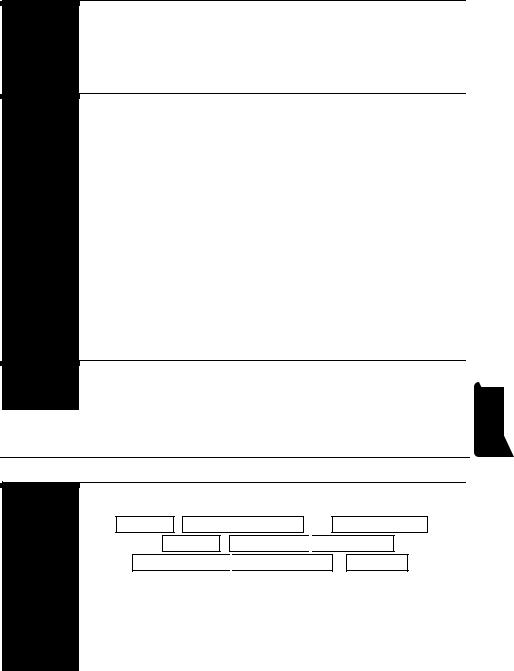
Australian Guide to Legal Citation 105
Where a full date is not available, as much of the full date as appears should be included.
Pinpoint references should adhere to rule 6.1.4 (so should include page numbers and may include paragraph numbers in addition).
Examples Mobil Oil Australia, Submission No 25 to Australian Competition and Consumer Commission, Inquiry into the Price of Unleaded Petrol, 27 July 2007, 6–7.
Human Rights Law Resource Centre, Submission No 21 to Senate Standing Committee on Legal and Constitutional Affairs, Parliament of Australia, Inquiry into the Anti-Terrorism Laws Reform Bill 2009, 11 September 2009, 3 [6].
Victorian Automobile Chamber of Commerce, Submission to Road Safety Committee, Parliament of Victoria, Inquiry into Driver Distraction, October 2005, 6–7.
Australian Indigenous Doctors’ Association, Submission No 187 to Northern Territory Emergency Response Review, 22 August 2008, [17].
Note Submissions of parties in cases should be cited in accordance with rule 2.13.
6.3Legal Encyclopedias
Other
Sources
Rule |
Legal encyclopedias should be cited as follows: |
|
|
Publisher , Title of Encyclopedia , vol Volume Number (at Full Date ) Title Number 
 Name of Title ,
Name of Title ,
‘ Chapter Number 
 Name of Chapter ’ [ Paragraph ]. The publisher’s name should adhere to rule 5.3.1.
Name of Chapter ’ [ Paragraph ]. The publisher’s name should adhere to rule 5.3.1.
Where a legal encyclopedia indicates the date of last update of a chapter, this date should be included. Otherwise, the date of retrieval should be included.
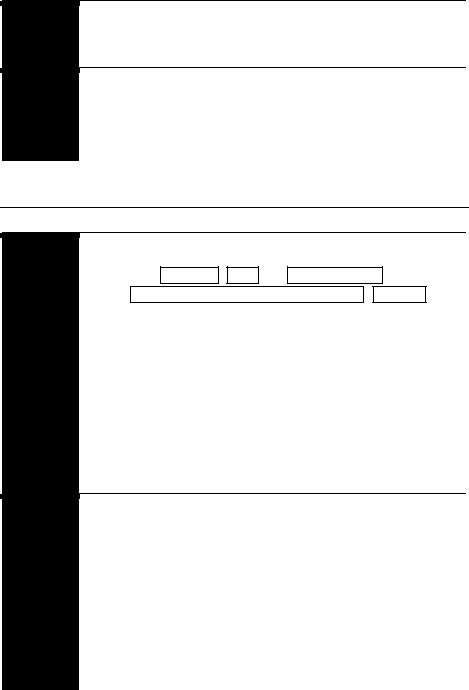
106 Part III — Secondary Sources
Pinpoint references should adhere to rules 1.1.5–1.1.6 and should be to paragraphs. Where a legal encyclopedia is viewed online, the volume number should be omitted.
Examples LexisNexis, Halsbury’s Laws of Australia, vol 15 (at 25 May 2009) 235 Insurance, ‘2 General Principles’ [235-270].
Lawbook, The Laws of Australia (at 31 August 2000) 24 International Trade, ‘2 Foreign Investment’ [24.2.87].
6.4Looseleaf Services
Rule
Examples
Looseleaf services should be cited as follows:
Publisher , Title , vol Volume Number
(at Most Recent Service Number for Pinpoint ) Pinpoint .
The publisher’s name should adhere to rule 5.3.1. Where an author of a looseleaf service is clearly identified, the author’s name should be included before the publisher, followed by a comma.
Pinpoints should adhere to rules 1.1.5–1.1.6 and should be to paragraphs. However, where a looseleaf service uses a paragraph symbol (¶), this should immediately precede paragraph numbers (which should then not appear in square brackets).
Where a looseleaf service is viewed online, the volume number and the comma after the title should be omitted.
LexisNexis Butterworths, Civil Procedure: Victoria, vol 1 (at Service 231) [21.01.1].
Marcus S Jacobs, Thomson Reuters, International Commercial Arbitration in Australia: Law and Practice, vol 1 (at Release 5) [3.230].
CCH International, Japan Business Law Guide, vol 1 (at 68-1-08) ¶7-200. [Not: … ¶[7200].]
J W Carter, LexisNexis, Carter on Contract (at 10 January 2009) [19-001].
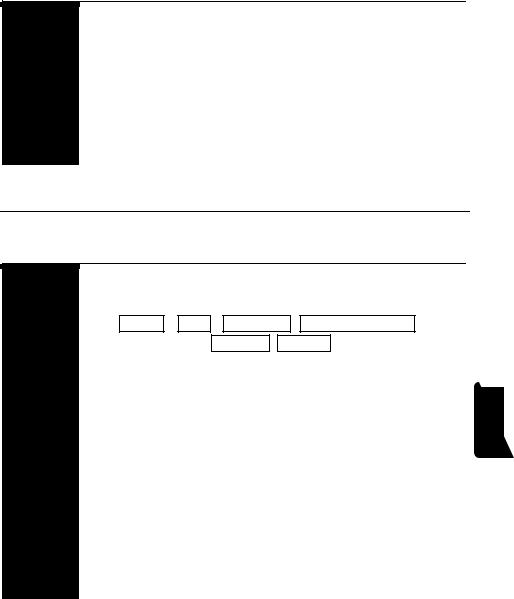
Australian Guide to Legal Citation 107
Notes Printed looseleaf services are updated periodically by replacing old pages with updated pages. The service number is usually a numerical identifier (indicating the sequential number of the update) or a date, and generally appears in a corner of the page.
Electronic ‘looseleaf’ services may include the most recent service number or a date of last update. If not, the date on which the electronic looseleaf service was accessed should be used as the most recent service number.
6.5Newspaper Articles
6.5.1Printed Newspapers
Rule Newspaper articles from printed newspapers should be cited as follows:
Author , ‘ Title ’, Newspaper ( Place of Publication ),
Full Date , Pinpoint .
The author’s name should adhere to rule 1.14.
The title of an article should appear (unitalicised) within single quotation marks as it does on the first page of the article. It should appear in accordance with chapter 1. In particular:
•punctuation should adhere to rule 1.6.1 (so full stops should not be used after initials or in abbreviations);
•capitalisation should adhere to rule 1.7; and
•italicisation should adhere to rule 1.8.2 (so titles of Acts etc in the article title should be italicised).
Where there is no punctuation in the source separating the title from a subtitle, a colon or an em-dash should be inserted.
Other
Sources

108 Part III — Secondary Sources
The full name of the newspaper should be used, including ‘The’ where it appears in the masthead. If an article appears in a named section of a newspaper (for example, ‘Sport’) and the newspaper is not consecutively paginated, the name of the section should be included before that of the newspaper in the form:
Section , Newspaper
If an article appears in a section of a newspaper without a name and the newspaper is not consecutively paginated, this should be indicated in the pinpoint reference (for example, ‘C14’).
The place of publication should appear as it does on the masthead or publication information of the newspaper. A state or country may also be included to clarify the place of publication (for example, ‘Paris, Texas’) or where the place of publication may not be known to readers (for example, ‘Ouagadougou, Burkina Faso’).
Examples Stephen Howard and Billy Briggs, ‘Law Lords Back School’s Ban on Islamic Dress’, The Herald (Glasgow), 23 March 2006, 7.
Fabiano Maisonnave, ‘Test of Endurance: Coup Leaders Try to Drive Zelaya from Embassy — Honduran Regime Restricts Food and Supplies and Deploys Pop as a Weapon’, The Guardian Weekly (London), 30 October 2009, 3.
Abigail Hunter, ‘He Stole My Son, Now I’m Alone in Hell’, Times2, The Times (London), 3 December 2009, 3.
Eleanor Laise, ‘TCW Slams Gundlach in Lawsuit over His Exit’, The Wall Street Journal (New York), 8 January 2010, C1.
6.5.2Unsigned and Untitled Articles
Rule For unsigned articles, the author’s name should be omitted. However, for editorials, ‘Editorial’ should replace the author’s name. Subsequent references to unsigned articles and editorials should include an abbreviated form of the title (in accordance with rule 1.4.2).

Australian Guide to Legal Citation 109
For untitled articles, a description of the piece (for example, ‘Letter to the Editor’) should replace the title. The description should not be enclosed in quotation marks.
Examples ‘Fury at WA Council Plan’, The Australian Financial Review
(Sydney), 1 May 2006, 5.
Editorial, ‘Medicare by Name, No Longer by Nature’, News, The Age (Melbourne), 12 March 2004, 12.
Rose Healy, Letter to the Editor, The Herald Sun (Melbourne), 10 June 2002, 16.
6.5.3Electronic Newspapers
Rule |
Electronic newspapers should only be cited where an identical printed |
|
edition (of the newspaper or the article cited) does not exist. |
|
Citations to electronic newspaper articles should appear in the same manner as citations to printed newspapers (in accordance with rules 6.5.1–6.5.2). However:
•the place of publication should be replaced with ‘(online)’;
•a pinpoint reference should only be included where the article has pages or paragraphs; and
•a URL should be included after the full date (or any pinpoint reference) and should adhere to rule 6.15.6.
Example Farrah Tomazin, ‘Kinder Wages Breakthrough’, The Age (online), 19 May 2009 <http://www.theage.com.au/national/education/kinder- wages-breakthrough-20090519-bcwh.html>.
Other
Sources
